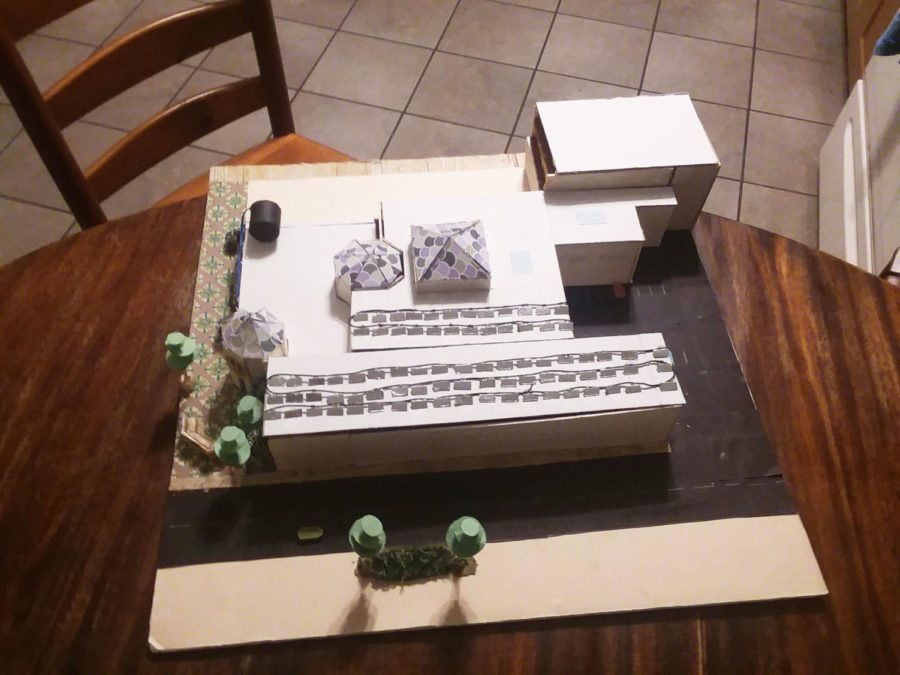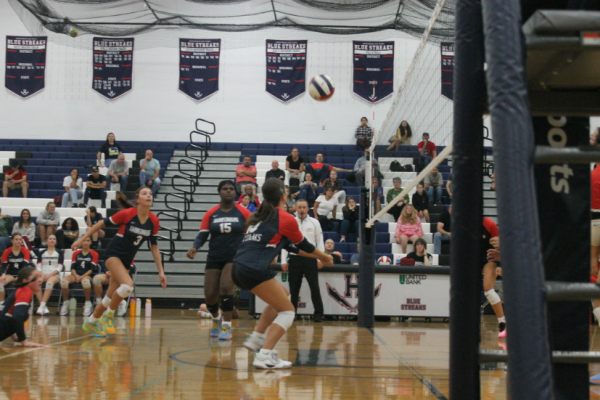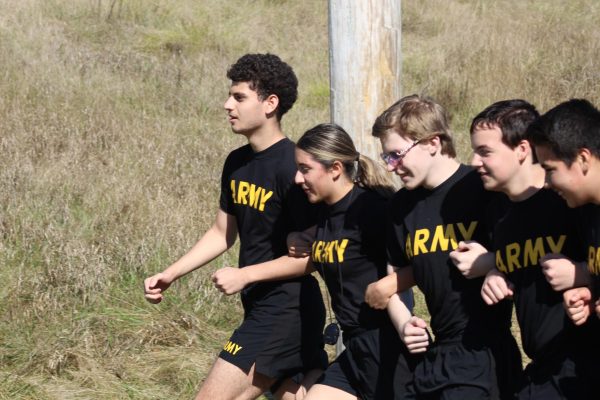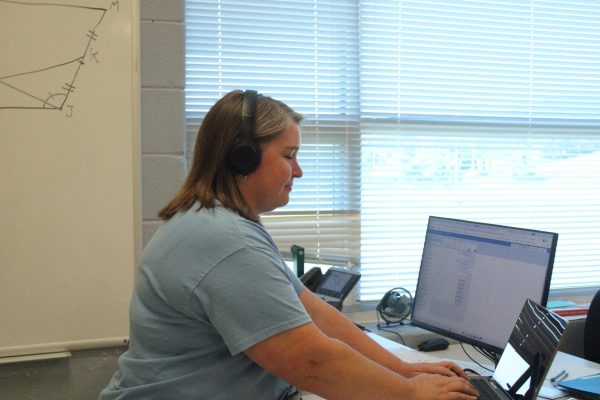Deloney, Cessna propose green project for downtown library, plan to showcase model
Juniors Iris Cessna, Sarah Deloney and two other students from Massanutten Regional Governor’s School create a model of their proposed idea for revamping the downtown library. The assigned project was to choose a a building and try to make it more environmentally friendly.
The idea of having LED lights, cork flooring, double glazed windows and a green wall in the downtown library would make the building more environmentally friendly.
Created by juniors Sarah Deloney, Iris Cessna and two other students from Massanutten Regional Governor’s School, the group produced a model for the downtown Massanutten Regional Library to become more green and environmental. The model was for a Governor’s School project, where students were required to revamp any building of their choice, and argue their reasonings behind why it should go more green and show the process behind it. Because Deloney’s mother works at the library and the building is a familiar spot to the community, the group decided that Massanutten Regional Library would be their best bet for the research project.
“We wanted to focus on the library because it’s a public spot and lots of people are using it. We figured that if we make that more environmentally friendly, we can also educate the public about it,” Deloney said.
The project required the group to look into the resources the library wasted, whether it was water, trash or light usage. The students then got a blueprint of the building and started looking into what they wanted to do to make the building more environmentally sustainable. The overall project took a few months. This included extensive research, contacting the technical director of the library and building the actual model of their proposed revamping. Throughout the project, Deloney and Cessna learned new things about the library that they weren’t previously aware about, which made the learning more interesting.
“There [are] actually four floors in there, and they gave us a blueprint and they’re still kind of secretive about it. That was one thing I thought was interesting. We looked a lot at how to apply our green building knowledge to the library,” Cessna said.
This traditional governor’s school project intertwines the different areas and courses of the school, allowing the project to get a glimpse of English, science and even mathematics. In the English area of the project, every member of each group was required to write an argumentative paper that focused on the different aspects of what they wanted to incorporate in their green model proposal. Their models also proposed the plans of having a solar system, storm tree in the library and permeable pavers at the front. Although all of their ideas are just a plan, Cessna believes this project and sort of green planning will be implemented in the library at some point in the future.
“It’s in plan form. It would cost way too much money. If the library was going to implement them, which hopefully eventually it will become a more green building, then they would want professionals to do it,” Cessna said.
According to the calculations and end results of the project by Caleb Chavez, a junior from Spotswood High School, the group’s proposed model turned out to be LEED Gold Certified, meaning that it is the second highest level in a ranking system for how green the building is. With calculations like these and the opportunity to get to learn something and apply knowledge, Cessna has enjoyed the experiences that governor’s school has given to her through project-based learning. The group plans on displaying the model in the library later this year to show their idea of going green in a public building.
“We learn how to apply knowledge a little more and how to get things done. I like being able to see things from a perspective of a project that somebody will have to [use],” Cessna said. “[For example], eventually the library will have to go through this project, so it’s more of a real world application of our knowledge. We get to understand what’s going on [at HHS], but at Governor’s School, we get to apply it.”
Your donation will support the student journalists of Harrisonburg High School. Your contribution will allow us to purchase equipment and cover our annual website hosting costs.








